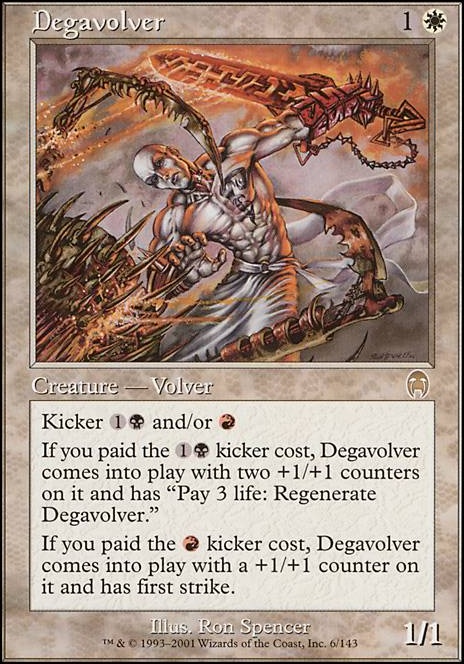
Combos Browse all Suggest
Legality
| Format | Legality |
| 1v1 Commander | Legal |
| Archenemy | Legal |
| Canadian Highlander | Legal |
| Casual | Legal |
| Commander / EDH | Legal |
| Commander: Rule 0 | Legal |
| Custom | Legal |
| Duel Commander | Legal |
| Highlander | Legal |
| Legacy | Legal |
| Leviathan | Legal |
| Limited | Legal |
| Oathbreaker | Legal |
| Planechase | Legal |
| Premodern | Legal |
| Quest Magic | Legal |
| Tiny Leaders | Legal |
| Vanguard | Legal |
| Vintage | Legal |
Cetavolver
Creature — Volver
Kicker (1)(Red) and/or (Green)
If the (1)(Red) kicker cost was paid, Cetavolver enters the battlefield with two +1/+1 counters on it and with first strike.
If the (Green) kicker cost was paid, Cetavolver enters the battlefield with a +1/+1 counter on it and with trample.
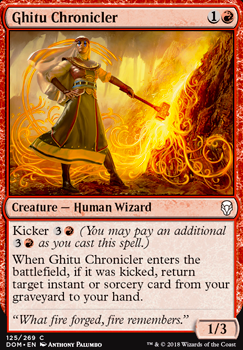
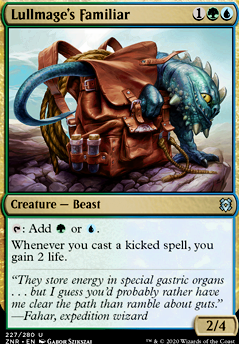
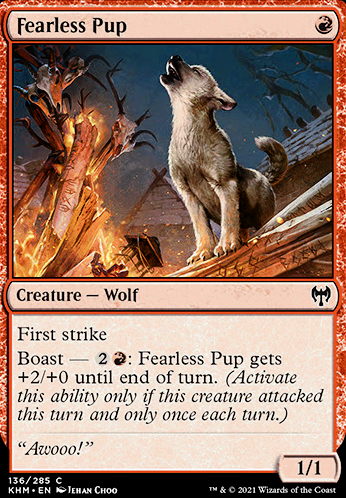
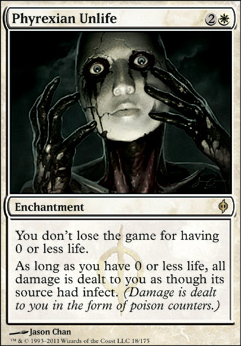
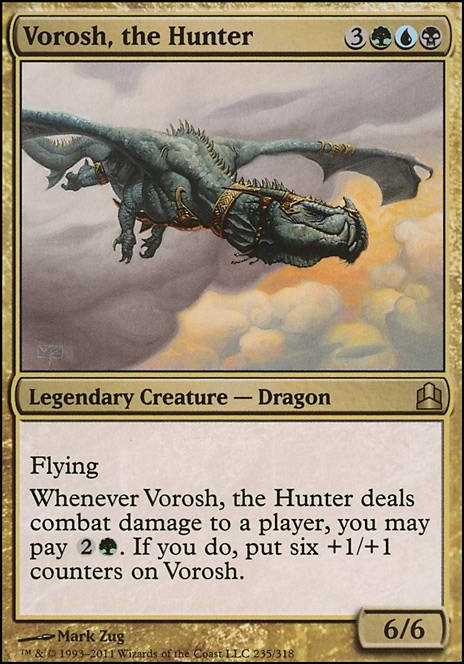
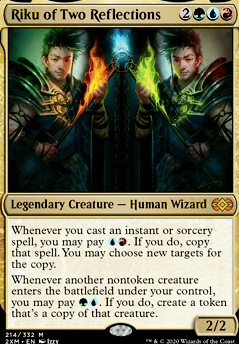
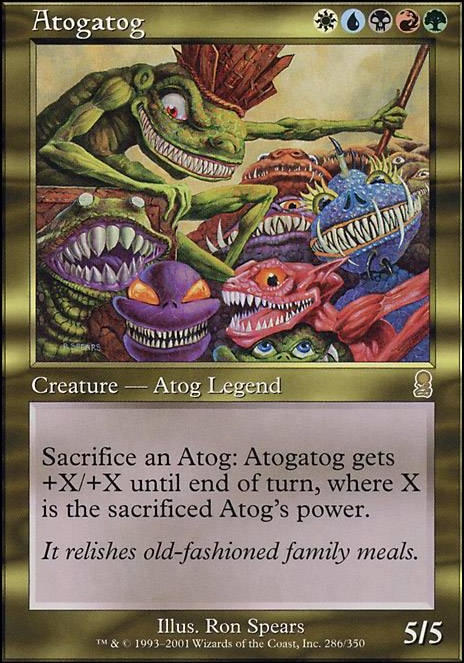
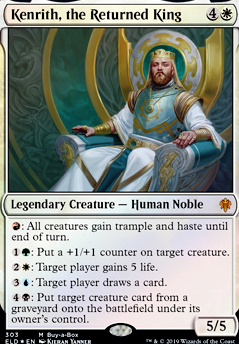
legendofa on Card creation challenge
8 months ago
Ceta Disciple, Ceta Sanctuary, Cetavolver. The factions were
-
Dega
-
Ceta
-
Necra
-
Raka
-
Ana
Metroid_Hybrid on Homeless Battlemage
3 years ago
I'll see your Planeshift Battle Mages, and raise you an Apocalypse wedge-cycle of Volvers: Anavolver , Cetavolver , Kratos... I mean Degavolver , Necravolver , & Rakavolver
legendofa on Card creation challenge
7 years ago
Cursed Legion
Creature - Spirit Soldier
When Cursed Legion dies, target player may sacrifice two creatures. If he or she doesn't, return Cursed Legion from your graveyard to your hand.
5/4
Create a shard Volver (Rakavolver Anavolver Degavolver Cetavolver Necravolver)
Calivess on Commander/EDH Deckbuilding Philosophy for newbies
8 years ago
Hello!
My name is Calivess, and Im relatively new here (long time lurker, brand new member). My absolute favorite format in M:TG is Commander/EDH. I play this format to the virtual exclusion of all others (although, I still enjoy sealed deck).
As Ive been browsing these forums, and looking at some of the deck reviews/questions, I thought Id compile a list of my personal philosophies for building EDH decks. While there are tons of resources out there (YouTube, discussions on Gatherer, and the forums here just to name a few), the things I put on this list arent intended to sound like this is the only correct way to do things. But, these things would cover the most common answers that Id put on someones EDH deck.
Unlike other guides, that deal with mana curve, which commanders to use, and which specific cards are better than others, this post deals more with a general, overall philosophy behind deckbuilding; ideas that can go behind nearly every deck, to allow the builder to think outside the box. And these ideas are intended more for people newer to the format, as veterans most likely already have a system they use. Either way, this list is casual in nature, and not intended to sound like an authority on the issue.
So, with that being said, here are some of the deckbuilding philosophies I use for Commander/EDH:
Figure out what you want to do first, then pick a commander/colour that does it.
With the exception of 4-colour commanders (Cmon, WotC!!), you can usually find multi-colour (and mono-colour) commanders of all different types/colours. You should never pick a commander solely for colour identity. Trust me, theres a commander out there that has the colour identity youre looking for, and also supports the deck concept youre trying to build. You may hate playing Blue, but if your deck idea is counter-control, then chance are you might want to take a look at blue. Its so much easier to start with an idea, then find a commander that suits the idea, rather than picking a commander and trying to force that commander to do something unrelated (such as Hanna, Ship's Navigator in a direct-damage deck).
Expect opponents to kill/lock your commander.
Some people (like myself) try to build a deck where the commander improves/supports the deck concept (such as my Horde of Notions), so that the deck runs on its own merit, but the commander in play makes it more dangerous. Others build around their commander as the primary focus of the deck (where the deck usually requires her to be in play). Both are perfectly fine ways to build. But, if your focus is on your commander, youll need to find ways to protect her and keep her in play. Find counters for things like Arrest, Linvala, Keeper of Silence, or the dreaded Song of the Dryads. People will shut down or lock down your commander if its the primary win condition, so add cards to keep the advantage.
Imagine your combos are broken
I played against a guy once whos deck was full of Shadowborn Apostle and big, big demons. He ran land-light, and relied on getting those apostles out to bring massive demons into play over and over. At the time, I was playing an instant/sorcery-heavy Melek, Izzet Paragon deck, which mainboarded a Phyrexian Revoker. With a single card, I broke his combos (and, indirectly, his deck). I spent the rest of the game passively protecting my revoker while dealing with the other people at the table. The point is, on the odd chance your First Turn Super-Flashy Victory doesnt go off, will your deck still run? I use this failsafe; I explain all the combos in my deck to one of my friends. Then, I have them pull out any 10 cards they want from my deck before we test it. If the deck still runs, then it can function without those combos (and sometimes without the commander; see #2).
You have more than one opponent
A lot of folks test their commander decks against a single opponent, just to see how it runs. If it wins, they pat themselves on the back. Then, when theyre at a table of 5 people, they cant figure out why theyre getting trounced. Usually, its because they forget the multiplayer essence of commander. Remember that youre building against multiple players, and not just one. Build with that in mind.
Dont underestimate the commanders that people ignore.
When I started, some of the commanders I was up against were Krenko, Mob Boss, Grimgrin, Corpse-Born, and Obzedat, Ghost Council. All heavy-hitters, and their decks did exactly what you think they did; killed every creature imaginable, flooded the table with goblins, and drained everyones life. I picked a legendary creature that was basically ignored in my circle of friends: Hanna, Ship's Navigator. Hanna, the sweetheart that she is, quickly evolved to one of the most relentless (and obnoxious) decks in the group. While Im aware that shes probably a popular commander in other circles, the point is that in my group she was basically ignored and considered useless. Take a second look at those useless legendaries in your group of friends. You might just find a gem that can be a springboard for a creative and unique deck concept; something new that your friends never thought of. Nearly every commander can be a good one, if you give it some TLC.
Find mana dumps
You ever play one of those games where you just keep drawing land, land, and land around mid-game? Sometimes the Mana Screw happens, and you get flooded with mana. Try to put some cards in your deck that are great both early game and late game. Cards like Oracle of Nectars, Bloodhusk Ritualist, and even the volvers (Cetavolver)) can be dropped on the table early game, or can have vast (and sometimes devastating) uses late-game, when youve got a ton of mana. Any card that has an early use, but then gets nastier as the game goes on, is possibly a nice addition to your deck. Having a use for all that mana is always a good thing.
Dont fear the tap
Some lands come into play tapped. For a lot of newcomers to Commander, thats a terrifying prospect; the idea that you might not play something big every turn. Well, commander is a slow game. Whereas in Standard or Modern (or especially Legacy) theres the chance that someones going to be too far ahead by turn 2 or 3 for you to catch up, things are different in Commander. In commander, you might not see the table start to go crazy until around turn 7 or 8 (sometimes later). Remember, a commander like Niv-Mizzet, Dracogenius usually wont hit the table until turn 6, and thats most likely if his player drops a land every single turn. So, when a land comes into play tapped, the extra versatility/utility of it can possibly outweigh the fact that its tapped for a turn.
Build to your group
This last one is a touchy subject for me, but I add it here so that newbie deckbuilders can mitigate frustration (which happens from time to time). Commander, in spirit, is supposed to be a casual and entertaining multiplayer format. Players are supposed to enjoy the game, and everyone should be having fun watching each others decks come to life. But, some groups are extremely competitive, and theyre more focused on who wins rather than simply playing for fun (which is fine! Theres nothing wrong with that). Have a good idea of the mindset of the group you play in. If theyre competitive, dont expect to have too much fun with a deck thats casual and light-hearted. And if theyre a casual group, they wont necessarily enjoy it when you bring a finely-tuned, genetically-engineered killing machine to the table, swiftly tearing everyone to pieces within three turns. Build a deck that fits the group dynamic, and you are more likely to enjoy playing it when you get together with your friends.
So, those are my general philosophies behind deckbuilding for Commander. While this may not be what most people are looking for, hopefully someone feels a little reassurance or inspiration from what Ive written here, and it helps them with their first few Commander decks.






